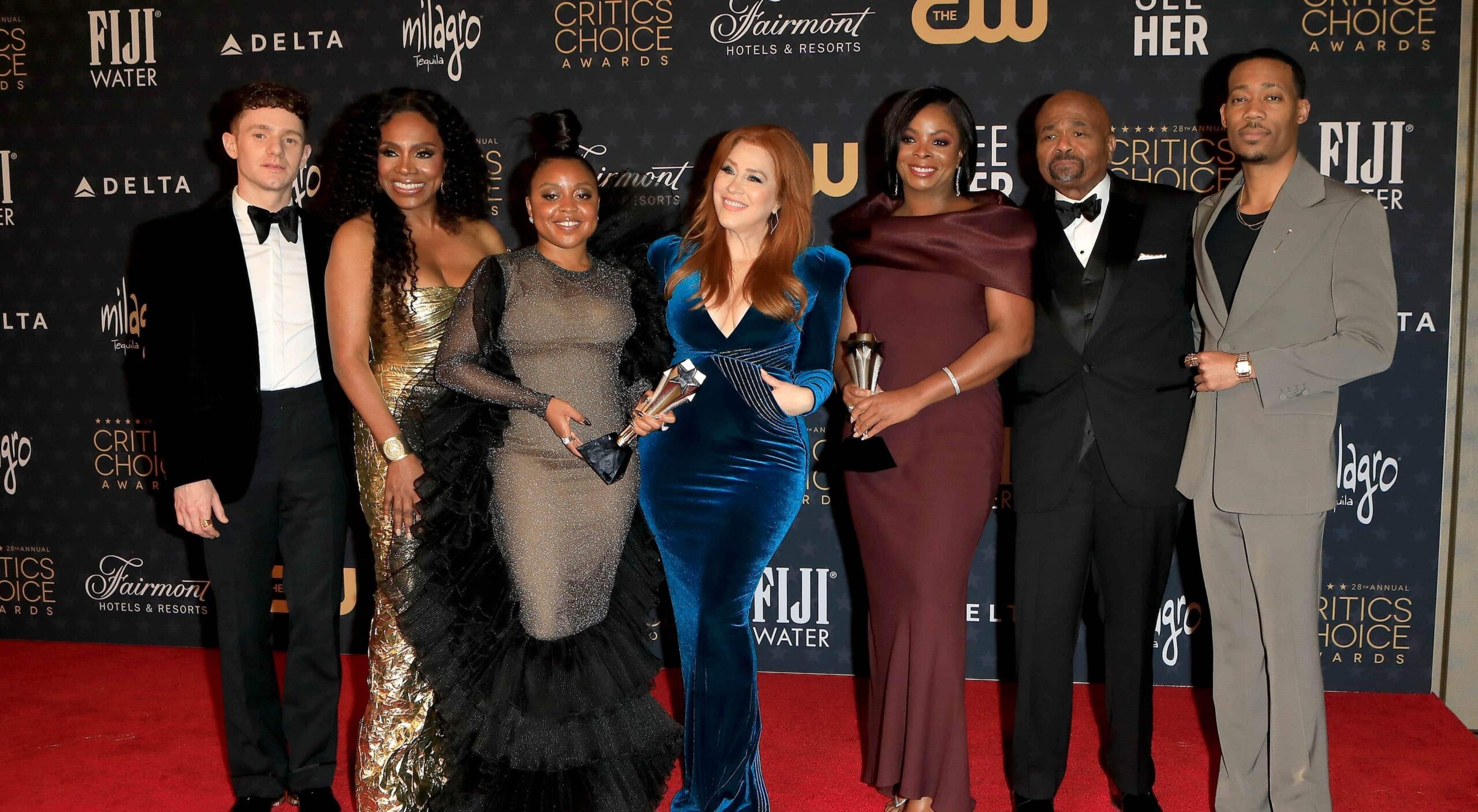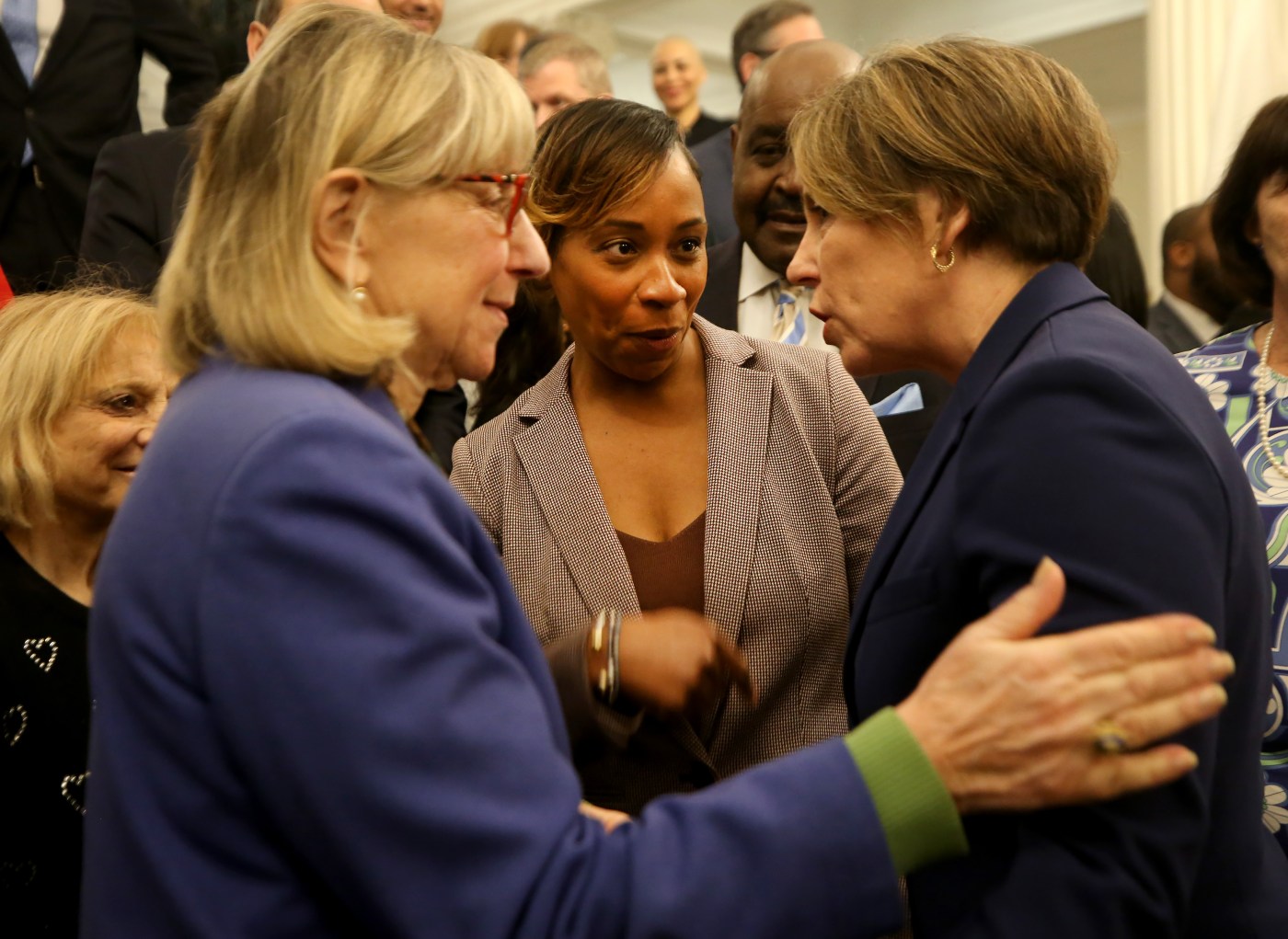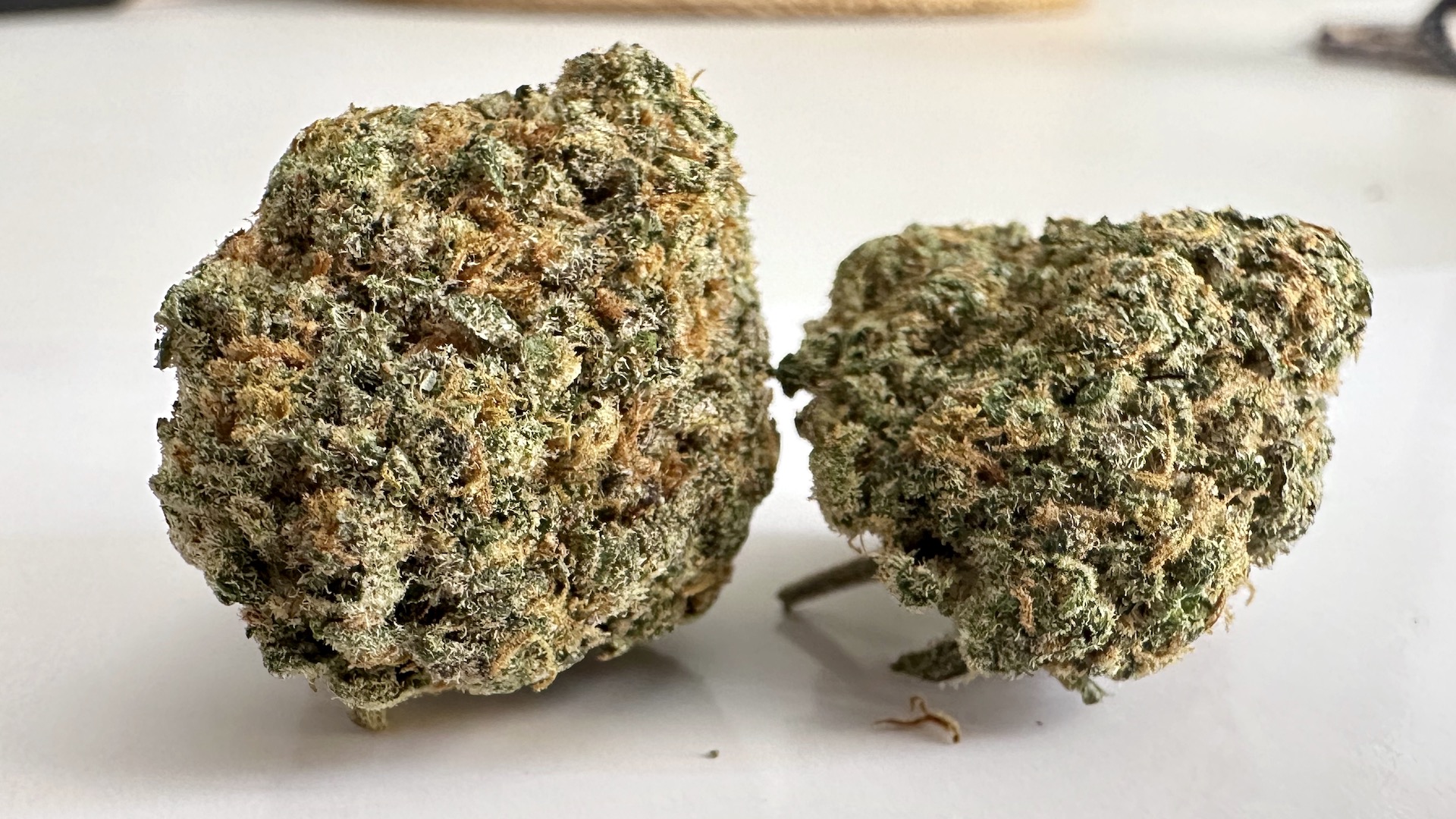
February 22, 2024, marked a relatively low-key historic moment in television history, with ABC’s Abbott Elementary airing one of the most authentic depictions of real-life cannabis consumers on a major network television channel in nearly 30 years. In season 3, episode 4 (“Smoking”), several teachers and faculty discuss their various vices, ranging from vaping and drinking wine to microdosing and different kinds of cannabis consumption.
In the episode, Quinta Brunson’s character, Janine, candidly discusses her medical marijuana use while questioning Jacob’s vaping. Despite the on-screen portrayal, Brunson, who also portrayed a pot character in A Black Lady Sketch Show segment, said she isn’t much of a smoker. Also, in the episode, Mr. Eddie mentions his preference for a weekend protein edible bar, prompting Principal Ava Coleman to comment on him making drugs boring. Other staff reveal their CBD use for joint pain or relaxing with a blunt in the bath. At the same time, characters like Mrs. Howard represent lingering cannabis stigmas.
The authentic-sounding exchange in a school setting immediately stands out as one of the most honest depictions of weed use a network channel has ever shown. Is this a sign that the major channels might be catching up to streaming and basic cable networks?
Pot on TV
The major network channels (ABC, Fox, NBC, and CBS) have historically been hesitant to depict cannabis in a positive or normalized manner. In a 2020 deep dive into the history of cannabis on TV, writer Jacob Trussell noted that the 1967 revival of the cop drama Dragnet was one of the first productions to feature cannabis since propaganda films of the 1930s and a relatively harmless storyline on The Andy Griffith Show. In the Dragnet episode, Trussell noted that while marijuana is depicted as a drug similar to heroin, those accused of using it did push back on the assertion that it was a gateway drug.
A decade later, shows like Sanford and Son and Barney Miller helped depict cannabis in a more realistic light, with users becoming forgetful and nicer after consuming. The early ’80s continued this trend until the passage of the Comprehensive Crime Control Act of 1984 and the ushering in of the propaganda and the Just Say No campaign.
The trend continued into the 90s, when viewers saw a proliferation of anti-drug episodes and TV specials, with arguably the best example being the 1990 animated film Cartoon All-Stars to the Rescue, which saw virtually every childhood cartoon star of the time joining up to battle marijuana use. The film, financed by McDonald’s, was simulcast across all the major networks and many independent stations on April 21, 1990.
In 1997, Congress took a step further, appropriating over $1 billion to advertise anti-drug messages. The action led to anti-drug messages on shows ranging from dramas like ER to comedies, including The Drew Carey Show. 1997 also saw Murphy Brown’s honest look into cannabis and cancer treatment, marking the most significant breakthrough in plant normalization at that time. The government-backed propaganda program quietly ended in 2000, as did any major plant discussions for the next several decades on network TV.
Since the early 2000s, we’ve seen a slow and steady increase of either positive or neutral depictions of cannabis use, first on basic cable channels and now on streaming services and other online platforms like YouTube. But still, major network television has lagged.
Trussell observed that while TV demonizes cannabis less now, it still often resorts to outdated stereotypes. “But at the same time, especially since 2020, I feel like I’ve seen less TV shows go out of their way to make cannabis the crux of the plot of an episode — and I think that’s a positive thing,” he said. “Cannabis is just not a controversial storyline anymore because the plant has become more normalized.”
Trussell noted that while The Simpsons touched on medical cannabis nearly 20 years ago, the episode was regressive in its depiction. Similarly, 1993’s episode of Roseanne, titled “Stash from the Past” ultimately normalizes pot use, but only after parents Roseanne and Dan come down on the kids hard for having some flower–only to realize it was an old stash of theirs.
Other TV experts noted that NBC’s Community made a few passing jokes about cannabis use, including season five episode nine’s “VCR Maintenance and Educational Publishing,” where Britta says, “I know we’re in E9 in the east wing. I know because it smells like weed. Not my weed.” In a decade-old Reddit thread, Community writer Tim Saccardo commented on the post explaining that NBC’s standards and practices made the show insert the word ‘not’ into Britta’s line. Around the same time, shows like Bob’s Burgers introduced a weed farm into their world in 2012, while Modern Family mentioned an over-the-top pot shop owner for a one-off spot in 2015.
In all, the pickings have been slim on the Big 4 channels.
Abbott Elementary’s Positive Impact
Unlike Murphy Brown, which received blowback from the DEA, Abbott has mainly received positive feedback for its depiction of cannabis consumption.
Many noted the importance of normalizing cannabis use. “I think what’s notable about Abbott Elementary is that Janine and Gregory’s drug use isn’t really the sole butt of the joke,” Kayla Cobb, senior TV reporter for The Wrap.
Steve Bloom, publisher of the website CelebStoner, enjoyed the segment but felt some of the dialogue around infused protein bars “didn’t make any sense in the conversation.” Despite some minor issues, Bloom and other writers felt the Abbott episode did a good job of normalizing cannabis use among women and people of color.
Comedian and TV writer Ashley Ray offered similar takes, praising Abbott for making its characters consumers without being pot stereotypes. “It is very rare that you see a show embracing a major character smoking pot, and it’s not their entirety.” Ray added, “It also was great because you rarely see women of color, black women, smoking pot in shows.”
Both Ray and Bloom also acknowledged Netflix’s Survival of the Thickest, starring Michelle Buteau, for its normalization of black and minority characters consuming cannabis in their everyday lives. Ray interviewed Buteau for her podcast TV, I Say, where they discussed the everyday pot use on the show. “They will just be sitting around an apartment together, hanging out as friends, and they smoke,” Ray explained.
More Cannabis on Network Cable?
Despite Abbott‘s positive impact, most experts feel that network TV will continue to slowly change its depiction of cannabis. The hesitance comes from various sources, including ongoing federal laws and the impact of conservative viewer blowback, which may affect what matters most to the networks: a show’s revenue potential.
Despite the uncertain future, most were optimistic after the latest development. “We can now show a teacher on TV speaking openly about using cannabis for mental health reasons and not have the episode revolve around how ‘morally bankrupt’ she is like we may have seen in the eras of ‘Just Say No!”’ and DARE,” said Trussell. Others, like Bloom and Cobb, speculate that both Abbott and Murphy Brown showcase that a network show may not be able to discuss the plant until it has established itself as an award-winning, lucrative show.
While major networks slowly ease into the new normal of weed use, streaming and cable are blowing past it. On paid cable, Broad City, a once groundbreaking women-, weed-centric comedy, ended five years ago. Meanwhile, Netflix has surged ahead from its past-era stoner stereotypes on the now-canceled Disjointed. It’s now producing more real-life depictions of everyday pot smokers, including women of all adult ages, as evidenced by shows like Survival of the Thickest and Grace and Franky.
While Abbott Elementary should be celebrated for breaking through a nearly 30-year wall on network TV, we should also take a moment to wonder why it has taken so long. With network TV facing more competition than ever, wouldn’t it be wise to create shows that relate to their viewers? You’d think so, but here we are.






